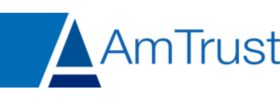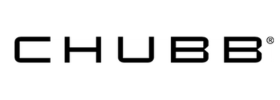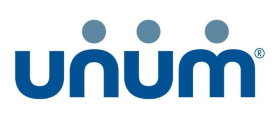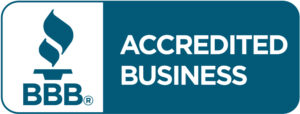
Record-breaking natural catastrophes, inflationary pressures, and a challenging reinsurance market are among the factors driving up insurance carrier losses. This situation has led to rate increases and even caused some carriers to exit the market. To comprehend the reasons behind these developments, it’s important to delve into the underlying causes and their implications for the insurance industry.
The Impact of Carrier Losses to Insurance Rates
The Weight of External Factors
Catastrophic Events and Their Impact
In recent years, the frequency and intensity of catastrophic events have escalated, causing significant damage and leading to higher claims. For instance, in the past eight years, the U.S. has experienced at least 10 catastrophes each year that resulted in losses exceeding $1 billion.
Such events contribute to the insurances carrier losses by adding to the industry combined ratio[^2^]. This ratio, which estimates the proportion of premium income used to cover claims and operating expenses, stood at an estimated 104.5 for the first half of 2023.
Note: A combined ratio over 100 indicates that a company is paying out more in claims and expenses than it is receiving from premiums, which signifies an underwriting loss.
The Role of Inflation
The ongoing inflationary environment has also played a key role in increasing insurances carrier losses. With the U.S inflation reaching a 41-year high of 8% in 2022, the cost of goods and services, including home construction materials and trade services, has risen significantly.
This surge in costs, referred to as social inflation, has led to higher claims payouts. As a result, the combined ratio for U.S. homeowners insurance is estimated to have reached 107.9% in 2022, indicating that more money was paid out to cover losses and expenses than was collected in premiums.
Reinsurance Market Challenges
Reinsurance, which allows insurance companies to mitigate risk by transferring some part of their liabilities to other insurance companies, has become more costly due to historic increases. This development has forced insurance carriers to bear higher costs, which are often passed on to policyholders in the form of rate increases.
Carriers Exiting the Market
The tough market conditions have prompted some insurance carriers to exit certain markets. For instance, Nationwide, State Farm, Allstate, and Farmers have recently stopped writing business in specific lines of insurance.
These exits are primarily driven by the need to ensure the company’s financial stability in the face of increased losses due to inflation, high construction costs, and catastrophe losses.
Ramifications of the Current Situation
The rising insurances carrier losses and consequential rate increases and market exits have significant implications for both the insurance industry and policyholders.
Implications for the Insurance Industry
The industry is grappling with a hard market cycle, characterized by higher insurance premiums and lower limits of coverage. The sustained underwriting losses have led to a contraction of the insurers’ surplus, which is the excess of an insurer’s total assets over its liabilities. This decrease in surplus indicates a reduced capacity to take on new risks.
Implications for Policyholders
Policyholders, particularly those in high-risk regions, are facing the brunt of the hard market in the form of increased premiums[^9^]. Furthermore, the exit of carriers from certain markets reduces the options available to policyholders, potentially leading to a coverage gap.
Mitigating the Impact
Given the current market conditions, it is crucial to adopt strategies that can ease the pressure on costs. One such strategy is mitigation.
Importance of Mitigation
Mitigation involves taking steps to reduce the risk of damage from catastrophic events. For instance, homeowners in wildfire-prone regions can create an ember-resistant zone by keeping the roof and area around the structure free of combustible materials.
Mitigation not only helps in reducing potential losses but also eases the pressure on insurance costs for everyone.
Financial Preparation Tips
Policyholders can adopt several financial preparation tips to cope with the current market conditions. These include ensuring that coverage limits reflect the current costs to rebuild and understanding whether their policy offers replacement cost coverage or actual cost value coverage.
Conclusion
The rise in insurances carrier losses underlines the complex challenges facing the property-casualty insurance industry. While the current situation has led to rate increases and some carriers leaving the market, mitigative measures can help alleviate the impact. As the industry navigates this challenging environment, the benefits of insurance—financial protection against unforeseen events—remain crucial.
To discuss further or to better understand your insurance coverages reach out to one of our professionals at Integrated Insurance Advisors.
References
2023’s First-Half P&C Underwriting Loss Just $2 Billion Below Loss for All 2022
Companies Pull Back from Property and Auto Insurance Markets
Perfect Storm Creates ‘Hardest Market Cycle in a Generation’

















